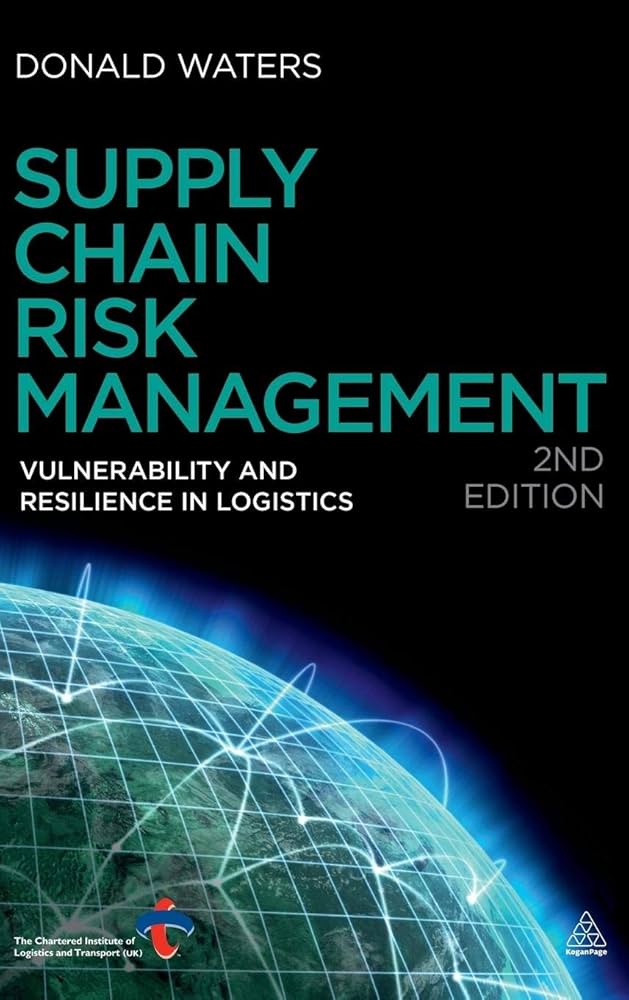Introduction
Supply chain risk management is a critical aspect of modern business operations. It involves identifying, assessing, and mitigating risks that can disrupt the flow of goods and services across the supply chain. In today’s globalized and interconnected business landscape, companies must be prepared to face a wide range of potential risks, including natural disasters, cyber attacks, geopolitical instability, and supply chain disruptions.
The Importance of Supply Chain Risk Management
The failure to effectively manage supply chain risks can have significant consequences for a company, including financial losses, damage to reputation, and delayed or canceled deliveries. For example, the 2011 earthquake and tsunami in Japan caused major disruptions to the global supply chain, affecting industries such as automotive, technology, and healthcare. Similarly, the ongoing COVID-19 pandemic has highlighted the need for companies to have robust risk management strategies in place to mitigate the impact of supply chain disruptions.
Key Elements of Supply Chain Risk Management
Supply chain risk management involves a systematic approach to identifying and addressing potential risks at every stage of the supply chain, from raw material sourcing to final distribution. This includes:
1. Risk Identification: This involves identifying all potential risks that could impact the supply chain, such as natural disasters, geopolitical instability, supplier bankruptcy, or quality issues.
2. Risk Assessment: Once risks are identified, they need to be assessed in terms of their likelihood and potential impact. This enables companies to prioritize risks and allocate resources accordingly.
3. Risk Mitigation: This involves implementing measures to reduce the likelihood or impact of identified risks. For example, companies can diversify their supplier base, build redundancies into their supply chain, or invest in insurance to mitigate the financial impact of supply chain disruptions.
4. Risk Monitoring and Response: Supply chain risks are constantly evolving, so it’s crucial for companies to regularly monitor and reassess their risk management strategies. In case of a risk event, companies must have a plan in place to respond quickly and effectively to minimize the impact on their operations.
The Role of Technology in Supply Chain Risk Management
Technology plays a crucial role in helping companies manage supply chain risks. With the rise of supply chain digitization, companies now have access to real-time data and analytics that can help them identify, assess, and mitigate risks more effectively. For example, supply chain risk management software can provide companies with visibility across their entire supply chain, making it easier to identify and track potential risks. Additionally, technologies such as blockchain and IoT can help increase transparency and traceability, making it easier to respond to supply chain disruptions.
Conclusion
In today’s interconnected and complex business environment, companies must prioritize supply chain risk management to remain competitive and resilient. By proactively identifying and assessing potential risks, and implementing effective mitigation strategies, companies can reduce the impact of disruptions and ensure the smooth flow of goods and services across their supply chain. Technology plays a vital role in enabling companies to manage risks more effectively, and its continued development will only strengthen supply chain risk management in the future.
Author: Donald Waters is a supply chain risk management expert with over 20 years of experience in the field. He has worked with global corporations to help them develop and implement effective risk management strategies. He holds a Bachelor’s degree in Supply Chain Management and is a certified supply chain professional.




